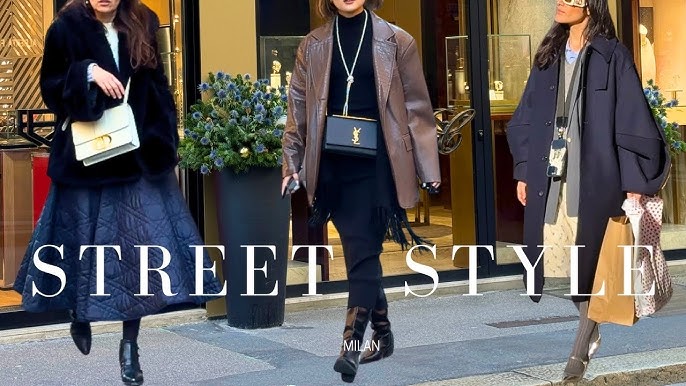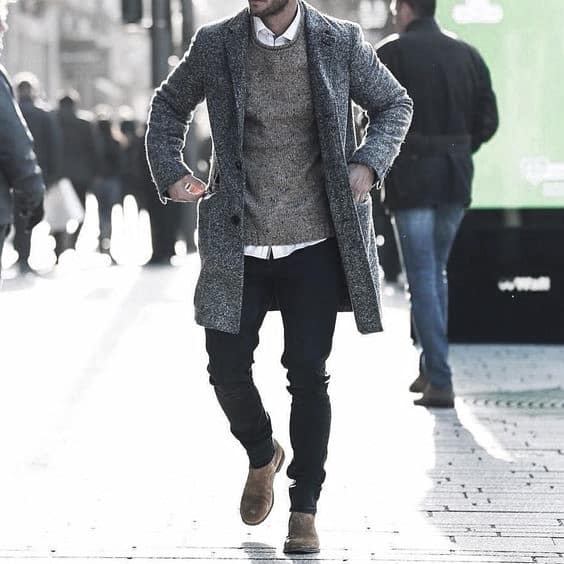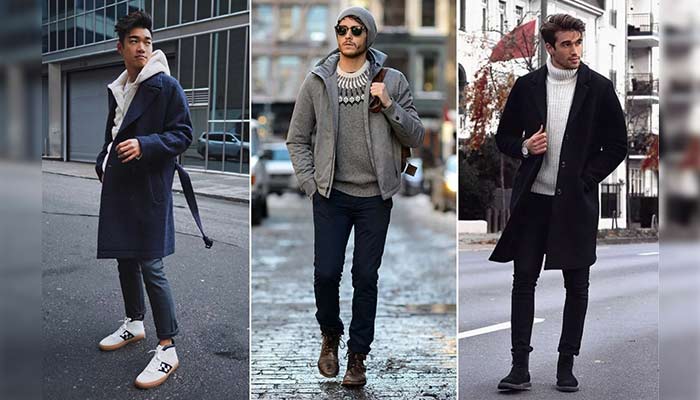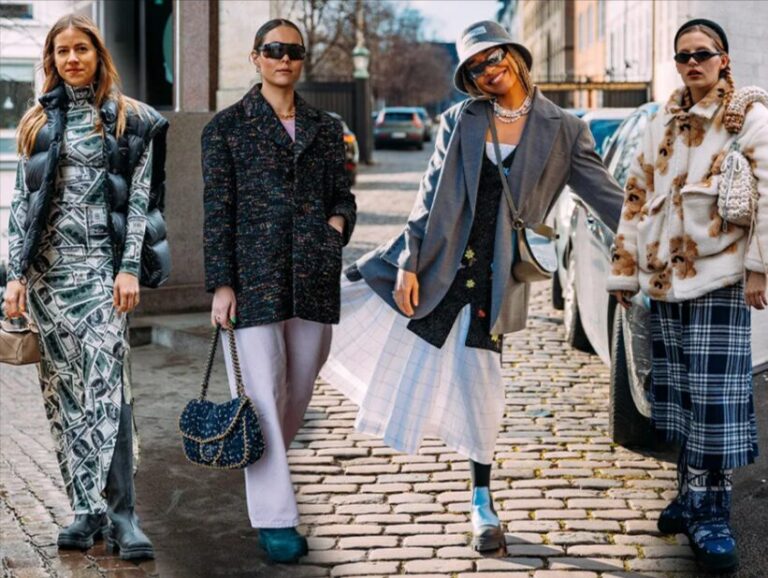Street Fashion: A Dynamic Expression of Individuality.
Street fashion is more than just a fleeting trend—it’s a cultural movement that reflects society’s ever-evolving tastes, attitudes, and identities. Originating from urban environments and often linked to youth subcultures, street fashion has grown to encompass various styles and influences. This article delves into street fashion’s history, elements, and significance, showcasing its transformative power and role in personal expression.

The Origins of Street Fashion.
When Street fashion began to take shape in the mid-20th century, influenced by various cultural, social, and artistic movements. In the 1950s and 60s, youth subcultures like the Teddy Boys in the UK and the Beatniks in the U.S. experimented with their looks, blending rock ‘n’ roll, rebellion, and a desire for self-expression. These styles often reacted to mainstream fashion, seeking authenticity and individuality.
As the decades progressed, street fashion continued to evolve with movements such as punk in the 1970s, which embraced DIY aesthetics, and hip-hop culture in the 1980s, which celebrated bold colors, baggy silhouettes, and sneaker culture. The 1990s saw the rise of grunge and skate culture, further diversifying street fashion’s palette and expressions.
The Globalization of Street Fashion.
With the advent of the internet and social media, street fashion has transcended geographical boundaries, allowing global influences to intermingle. Websites like Pinterest, Instagram, and TikTok have made it easier for enthusiasts to share their styles and draw inspiration from different cultures. This accessibility has made street fashion a truly global phenomenon, with urban youth around the world adopting and adapting trends to suit their unique contexts.

Key Elements of Street Fashion.
- Layering
Layering is a cornerstone of street fashion, providing both warmth and texture. The art of layering involves combining different pieces of clothing to create depth and interest within an outfit. Common layers include:- Hoodies and T-Shirts: Often worn as a base layer, these items can be paired with oversized jackets or long cardigans.
- Outerwear: Statement coats or jackets, such as bombers, trench coats, or oversized blazers, can dramatically change the vibe of an outfit.
- Accessories: Scarves, beanies, and hats can be layered on top to add dimension and playfulness.
- Footwear
Footwear plays a crucial role in street fashion. The right shoes can either complete an outfit or serve as the centerpiece. Popular styles include:- Sneakers: From classic models like Converse and Adidas to high-end collaborations, sneakers offer comfort and style.
- Boots: Ankle boots, combat boots, and Chelsea boots provide a more polished look while adding personality.
- Sandals and Slides: In warmer months, these casual options can inject a laid-back vibe into any outfit.
- Textures
The juxtaposition of different textures enhances the visual appeal of an outfit. Common fabric choices include denim, leather, cotton, and wool. Experimenting with textures, such as mixing suede boots with a knitted sweater or pairing leather pants with a silk blouse, creates an engaging aesthetic. - Colors and Patterns
Street fashion embraces a broad spectrum of colors and patterns. While monochrome outfits are popular for their simplicity, vibrant colors, and bold prints also play a vital role. Mixing patterns—stripes with florals or plaid with polka dots—demonstrates creativity and personal flair. - DIY and Upcycling
A significant aspect of street fashion is the emphasis on individuality and sustainability. Many fashion enthusiasts turn to thrift stores and vintage shops to find unique items that can be customized. DIY projects, from distressing jeans to adding patches or embroidery, allow individuals to create one-of-a-kind pieces that reflect their style.
Influences on Street Fashion.
Street fashion is influenced by a myriad of factors, including music, art, and popular culture. Here are some key influences shaping today’s street style:
- Music
The connection between music and fashion is undeniable. Iconic musicians often become style icons, shaping trends through their personal styles. Genres like hip-hop, punk, rock, and pop have all left their mark on street fashion, promoting particular aesthetics that fans adopt. - Art and Subcultures
Street art and urban culture have significantly influenced street fashion. The vibrant murals and graffiti found in cities inspire clothing designs and patterns. Furthermore, various subcultures—such as goth, skater, and rave—introduce distinctive styles that become woven into the broader street fashion narrative. - Social Media and Fashion Icons
Influencers and fashion icons on platforms like Instagram and TikTok play a pivotal role in shaping street fashion trends. Their ability to showcase outfits and styles to a massive audience means trends can spread rapidly. Even traditional fashion houses now collaborate with streetwear brands or influencers, merging high fashion with street style.
The Role of Street Fashion in Personal Identity.
Street fashion serves as a powerful medium for self-expression, allowing individuals to communicate their identities, beliefs, and moods through their clothing choices. In many ways, street fashion is a reflection of one’s personality and lifestyle. Here are some ways in which street fashion contributes to personal identity:
- Empowerment
The act of selecting and wearing clothing that resonates with one’s identity can evoke a sense of empowerment. By crafting their unique style, individuals can challenge societal norms and conventional beauty standards. - Community and Belonging
Street fashion often fosters a sense of community among like-minded individuals. Shared interests in particular styles or subcultures can lead to friendships, collaborations, and group identities. - Cultural Significance
Many garments carry cultural significance, reflecting one’s heritage or social background. For instance, streetwear brands that incorporate traditional textiles or designs pay homage to cultural roots and celebrate diversity.

The Future of Street Fashion.
As the fashion landscape continues to evolve, street fashion is set to remain at the forefront. Emerging trends indicate a shift toward sustainability, inclusivity, and personalization. Here are some predictions for the future of street fashion:
- Sustainable Practices
The growing awareness of environmental issues is encouraging fashion enthusiasts to embrace sustainable practices. Upcycling, thrifting, and supporting ethical brands will likely become more mainstream, promoting a culture of mindful consumption. - Technology and Fashion
The rise of virtual fashion shows and digital garments created for online avatars may redefine how we perceive and engage with fashion. Innovations like augmented reality will enable individuals to experiment with styles without leaving their homes. - Inclusivity
The push for inclusivity in fashion will continue to shape street style. As brands recognize diverse body types, sizes, and identities, street fashion will reflect this diversity, allowing everyone to see themselves represented on the streets. - Personalization
Customization will take center stage as consumers seek unique garments that resonate with their personalities. Brands that offer personalized options or custom designs will attract attention in an increasingly saturated market.
Conclusion.
Street fashion represents a dynamic blend of creativity, culture, and individuality. It has the power to bridge gaps between different communities, fostering a sense of belonging while showcasing personal identities. As we move forward, street fashion will undoubtedly evolve, driven by social, technological, and environmental changes. Embracing this vibrant form of self-expression allows individuals to celebrate their uniqueness, making the streets a canvas for endless possibilities. Whether through bold colors, unique silhouettes, or sustainable practices, street fashion continues to inspire and empower those who dare to express themselves.


